Introduction
In the vast realm of culinary arts, traditional dishes often hold a special place, not just for their taste but also for the stories and cultures they encapsulate. One such dish that stands out is Oil-Splashed Tofu, a simple yet flavorful Chinese delicacy that combines the softness of tofu with the aromatic essence of spices and hot oil. This dish is not only a testament to the art of minimalism in cooking but also a celebration of how a few ingredients can create a symphony of flavors. In this article, we will delve into the step-by-step process of making Oil-Splashed Tofu, exploring the ingredients, techniques, and tips that will help you perfect this dish at home.
Understanding Tofu: The Base Ingredient
Before diving into the recipe, it’s crucial to understand tofu, the star ingredient of our dish. Tofu, derived from soybeans, is a versatile protein source that can absorb flavors readily. It comes in various textures, ranging from soft to firm, each suited for different cooking methods. For Oil-Splashed Tofu, firm or extra-firm tofu is preferred as it holds its shape better during cooking.
Ingredients and Preparation
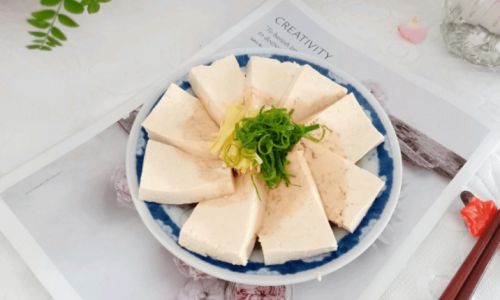
To make Oil-Splashed Tofu, you’ll need a handful of ingredients that are easily accessible. Here’s a comprehensive list:
- Tofu (1 block, firm or extra-firm)
- Vegetable oil (for frying and splashing)
- Scallions (2-3, finely chopped)
- Garlic (3-4 cloves, minced)
- Ginger (1 small piece, minced)
- Chili flakes (1-2 teaspoons, adjust to taste)
- Soy sauce (2-3 tablespoons)
- Sesame oil (1 teaspoon)
- Sugar (a pinch, optional)
- Salt (to taste)
- White pepper (a pinch, optional)
- Fresh cilantro or parsley (for garnish)
- Sesame seeds (for garnish)
Step-by-Step Recipe
Step 1: Preparing the Tofu
-
Drain and Press: Begin by draining the tofu and pressing out excess water. You can use a tofu press or wrap the tofu block in a clean kitchen towel and place a heavy object on it for about 15-20 minutes. This step is crucial as it helps the tofu absorb flavors better and prevents it from becoming soggy during cooking.
-
Cut into Cubes: Once pressed, cut the tofu into bite-sized cubes. Aim for uniformity in size to ensure even cooking.
Step 2: Blanching the Tofu
- Boil Water: Bring a pot of water to a boil. Add a pinch of salt to the water.
- Blanch: Gently drop the tofu cubes into the boiling water and blanch for about 2-3 minutes. This step helps to firm up the tofu and remove any remaining beany flavor.
- Drain: Remove the tofu cubes using a slotted spoon and let them drain on paper towels. This prevents excess water from diluting the flavors later.
Step 3: Preparing the Aromatics
While the tofu is draining, prepare your aromatics. Finely chop the scallions, mince the garlic and ginger, and set them aside. Having these ready will streamline the cooking process.
Step 4: Frying the Tofu
- Heat Oil: In a large skillet or wok, pour in enough vegetable oil to cover the bottom by about 1/4 inch. Heat the oil over medium-high heat until it’s hot but not smoking.
- Fry the Tofu: Carefully add the tofu cubes to the hot oil, making sure not to overcrowd the pan. Fry until golden brown on all sides, about 3-4 minutes per batch. Use a spatula to gently turn the tofu cubes to avoid breaking them.
- Drain: Once fried, transfer the tofu cubes to a plate lined with paper towels to drain excess oil.
Step 5: Making the Sauce
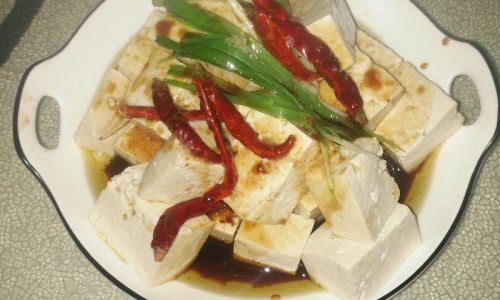
In a small bowl, mix together the soy sauce, sesame oil, a pinch of sugar (if using), salt, and white pepper. This sauce will be poured over the tofu, so taste it and adjust the seasoning according to your preference.
Step 6: Assembling the Dish
- Heat Aromatics: In the same skillet you used for frying (with a little oil left if possible, or add a teaspoon of fresh oil), add the minced garlic and ginger. Stir-fry until fragrant, about 30 seconds.
- Add Chili Flakes: Add the chili flakes and cook for another 30 seconds until they darken slightly and release their aroma.
- Pour Sauce: Pour the prepared sauce over the aromatics and bring to a simmer. Let it cook for about 1 minute to blend the flavors.
- Add Tofu: Carefully add the fried tofu cubes to the skillet, gently tossing to coat them with the sauce. Cook for another 2-3 minutes, allowing the tofu to absorb the flavors.
Step 7: The Oil-Splash Technique
The signature step of Oil-Splashed Tofu is the oil splash, which adds a layer of aroma and crispiness.
- Heat Oil: In a small saucepan or skillet, pour in about 2-3 tablespoons of vegetable oil and heat it until smoking hot.
- Splash the Oil: Carefully pour the hot oil over the tofu mixture in the skillet, making sure to cover as much surface area as possible. The oil will splatter and sizzle, releasing a delightful aroma and adding a touch of crispiness to the tofu.
Step 8: Garnishing and Serving
- Add Scallions: Sprinkle the finely chopped scallions over the tofu.
- Garnish: Finish with a handful of fresh cilantro or parsley and a sprinkle of sesame seeds.
- Serve: Transfer the Oil-Splashed Tofu to a serving dish and serve immediately while hot.
Tips for Perfect Oil-Splashed Tofu
- Press the Tofu Well: Proper pressing removes excess water, ensuring the tofu absorbs flavors better.
- Use High-Quality Ingredients: Fresh, high-quality ingredients make a significant difference in the final taste.
- Control the Heat: Frying and splashing oil require careful temperature control to avoid burning.
- Adjust Seasoning: Taste the sauce before pouring it over the tofu and adjust according to your taste preferences.
- Don’t Overcook: The tofu should remain tender inside while having a crispy exterior. Overcooking can make it dry and chewy.
Conclusion
Oil-Splashed Tofu is a dish that beautifully balances simplicity and complexity. With just a few ingredients and a bit of technique, you can create a meal that is both visually appealing and bursting with flavors. This dish is perfect for a light lunch, a hearty dinner, or even as a part of a larger meal. Its versatility allows for endless variations, from adding different vegetables to experimenting with various spices. As you perfect your Oil-Splashed Tofu, remember that the joy of cooking lies in the process and the satisfaction of sharing a homemade meal with loved ones. Happy cooking!


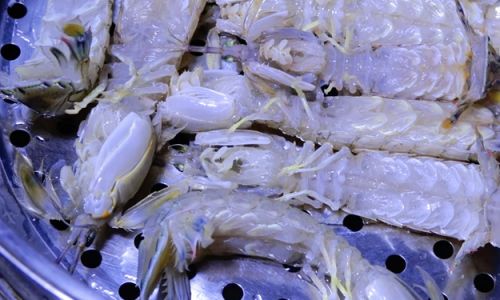
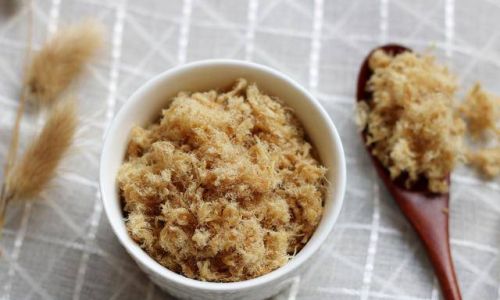
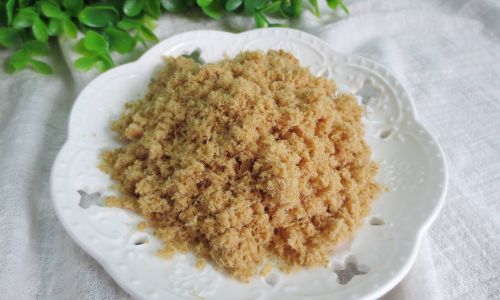
0 comments